This discussion has already heated up tempers in the past: Philips Hue or Govee, which one is better? In my opinion, this is a difficult comparison to make, as the product portfolios of the two manufacturers alone differ massively. The technical basis used could not be more different either. Now I’m pitting two comparable products against each other in a direct duel: the new Hue OmniGlow Lightstrip and the Govee COB Strip Light Pro. Which one will come out on top?
An important note at this point: it is very difficult to capture the differences between the light strips in photos and videos. Therefore, I will try to describe them as best I can with words.
The prices and variants of the two premium light strips
The Govee COB Strip Light Pro has been available in stores for several months. The 3-metre-long version costs €99.99, while the 5-metre-long light strip costs €149.99. Govee also has regular special offers; currently, you can save 15 per cent.
- Next-Gen COB Technology: Govee LED strip lights are crafted with integrated packaging technology and 1260 LEDs/m, translating innovative tech into...
- Spotless and Diffused: Govee COB LED Strip Lights encased in a soft silicone sleeve for continuous and spotless lighting. Suitable for surface...
The Philips Hue OmniGlow will be available in three different lengths: 3 metres for €139.99, 5 metres for €199.99 and 10 metres for €349.99. The shortest version is already available in the USA, with a global launch planned for November. You can currently order the Hue OmniGlow during Prime Big Deal Days on Amazon.com for $105.83, saving more than $30.
Hue OmniGlow Gradient Lightstrip
from $139.99 / €139.99
The most important technical details at a glance
Govee uses Bluetooth and Wi-Fi for its smart home connectivity. The Govee app can also be used to connect to platforms such as Google Home or Amazon Alexa. A pairing code for Matter can also be created. Important: Matter does not support colour gradients and effects, so you have to rely on the manufacturer’s app for this.
The Hue OmniGlow Lightstrip can be paired directly via Bluetooth, but a Zigbee connection to the Hue Bridge is more likely. From there, the light strip can then be paired with all important services. In principle, Zigbee is an open standard.
There are also differences in LED density. The Govee strip has 1,260 LEDs per metre, while the OmniGlow has 840 LEDs per metre. This seems to be a clear advantage for Govee, but it is not reflected in the maximum brightness. The Philips Hue OmniGlow is not only twice as bright on paper (450 versus 900 lumens per metre), but a clear difference can also be seen with the naked eye. Philips Hue clearly wins this point.
Neither light strip can be extended retrospectively, but they can be shortened. With Govee, this is possible every 8 centimetres, with Philips Hue every 12.5 centimetres. This also corresponds to the length of the respective LED segments.
The Govee COB Strip Light Pro is ahead here
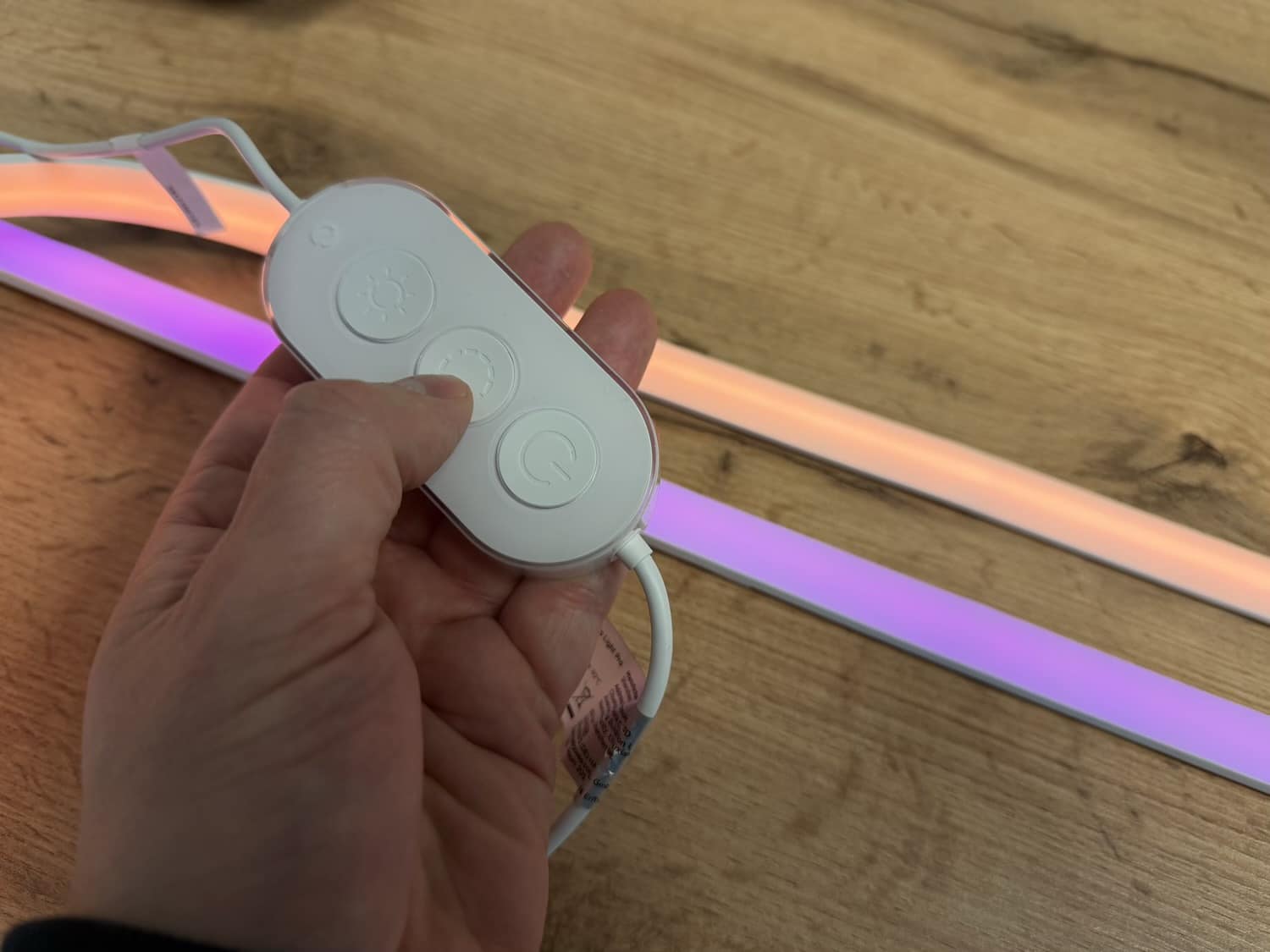
In addition to the smaller LED segments, the Govee COB Strip Light Pro also scores points in terms of animations and effects. The light strip can display many dynamic scenes and flash wildly if desired. In addition to numerous pre-designed scenes, you can also get creative yourself.
Another strength of the light strip: individual segments can shine with different brightness levels or even be switched off completely. In addition, rudimentary control is possible via three buttons on the wireless controller.
These are the advantages of the Philips Hue OmniGlow Lightstrip
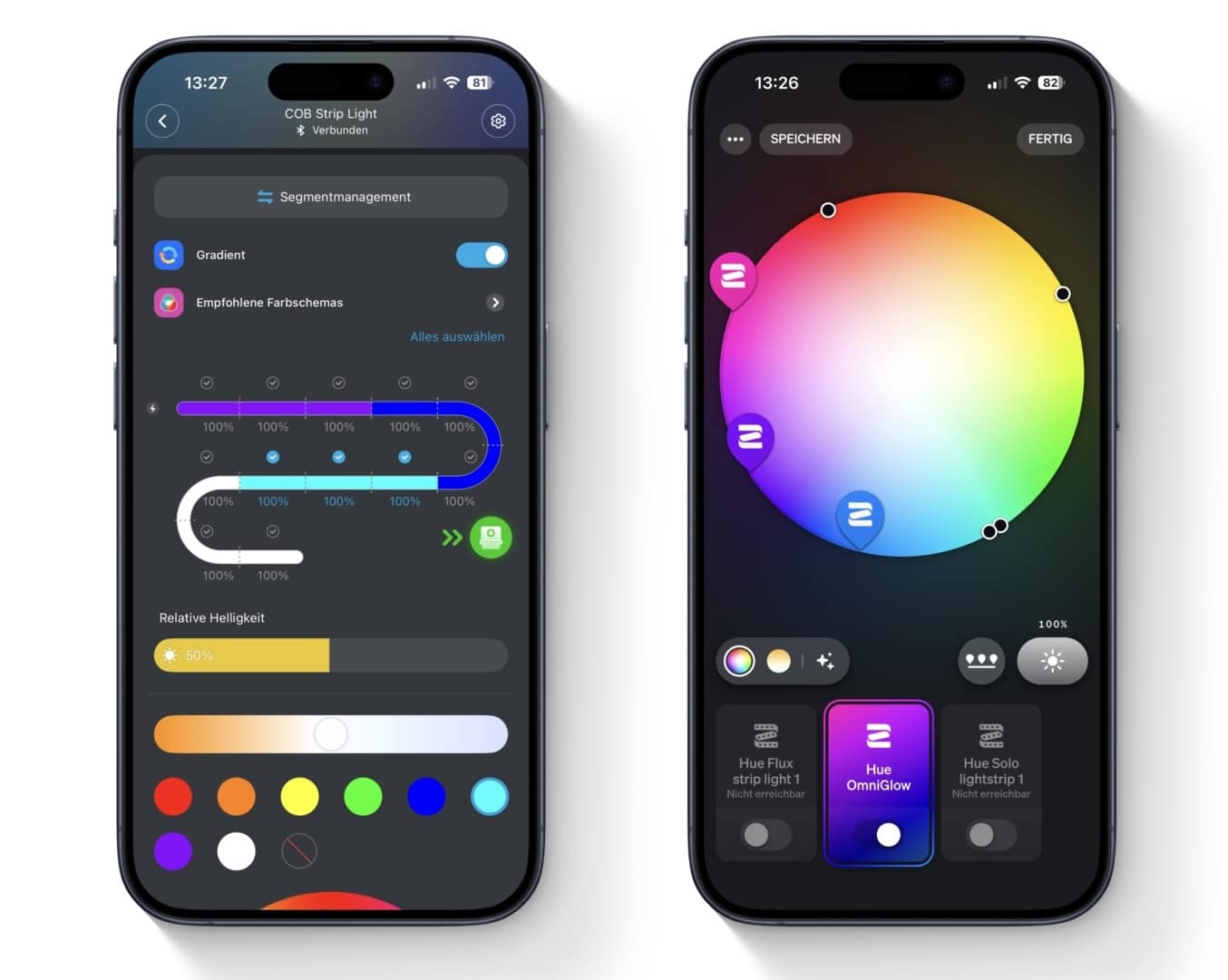
In addition to its noticeably greater brightness, the Hue OmniGlow scores particularly well in terms of operation. With the Hue app, it’s child’s play to conjure up a chic colour gradient on the light strip. Simply move three points around the colour wheel and the rest is done automatically. You definitely can’t do that with Govee.
There are also clear differences in the hardware. The illumination of the light strip is much more even with the Hue OmniGlow. It shines across the entire width with the same brightness and colour. With the Govee COB Strip Light Pro, on the other hand, a brighter and stronger strip of light can be seen in the middle.
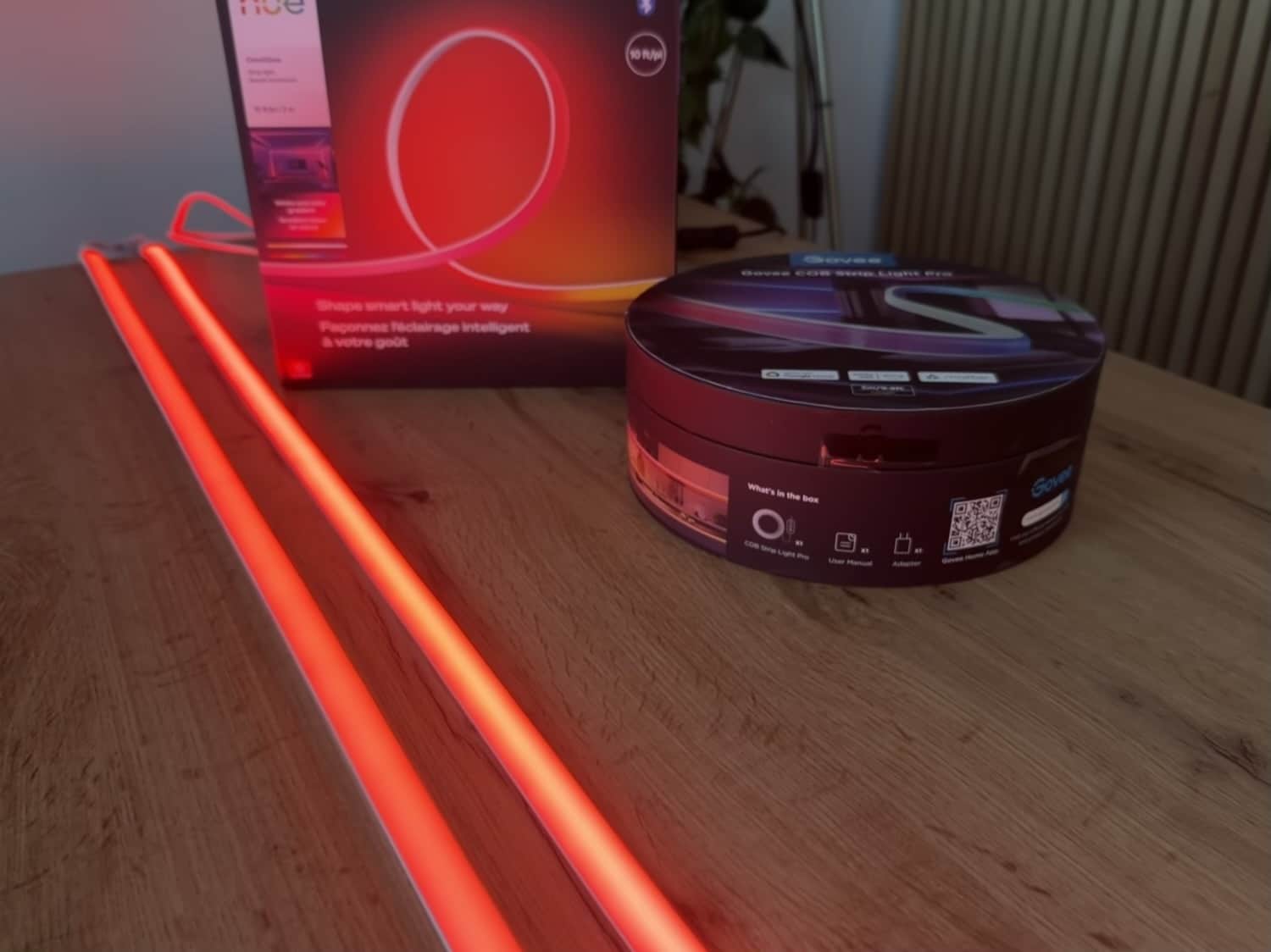
There are also significant differences in minimum brightness. Set to 1 per cent with the same colour via Apple Home, the Hue OmniGlow is dimmed much more deeply. A quick measurement with a lux meter showed that the Govee light strip was ten times brighter.
The conclusion: there is a clear winner
In my opinion, there are only a few arguments in favour of the Govee COB Strip Light Pro. These include, for example, the animations and effects that the Hue OmniGlow cannot match. But how often do you let a light strip flash wildly in everyday life? That’s likely to be a rather rare scenario.
In almost all other tasks, the Philips Hue OmniGlow Lightstrip performs significantly better. Whether it’s minimum and maximum brightness or even light distribution, the differences are visible to the naked eye. In addition, the Hue light strip scores points for its particularly simple operation and the huge Hue ecosystem. In my opinion, all this justifies the extra cost of around 40 per cent.


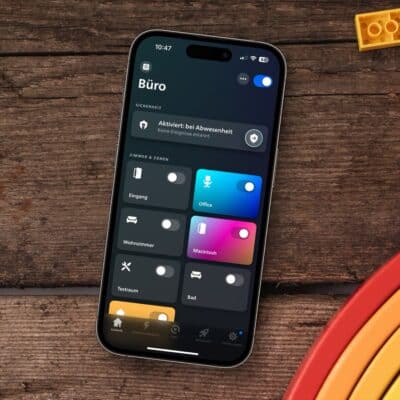

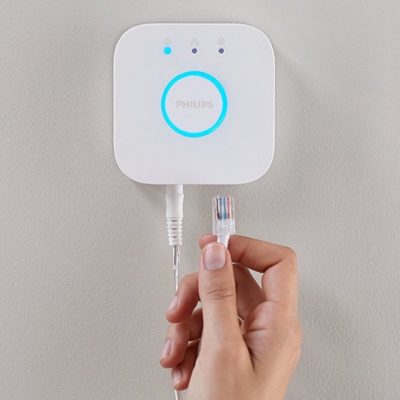
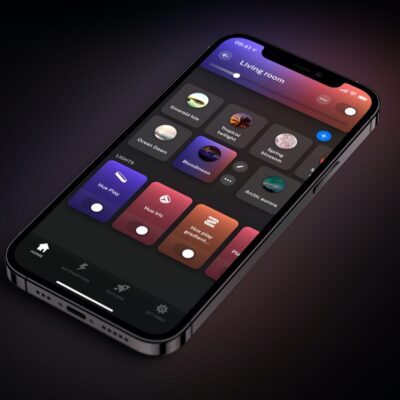
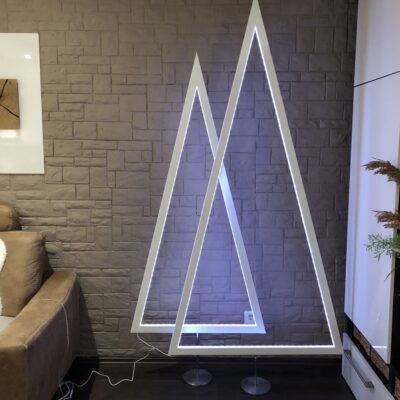
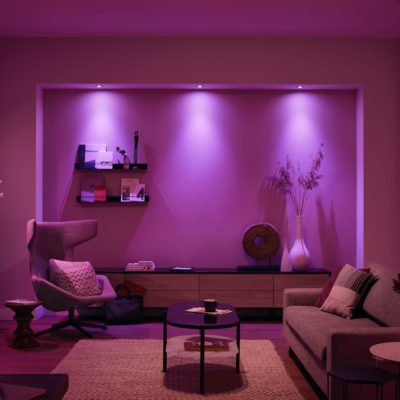


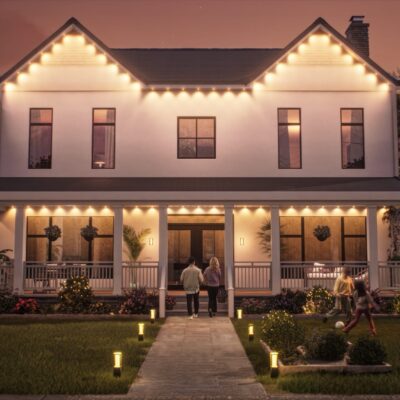
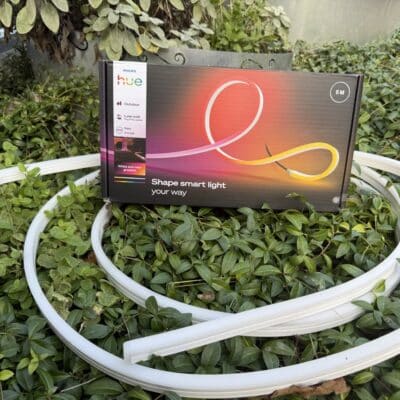
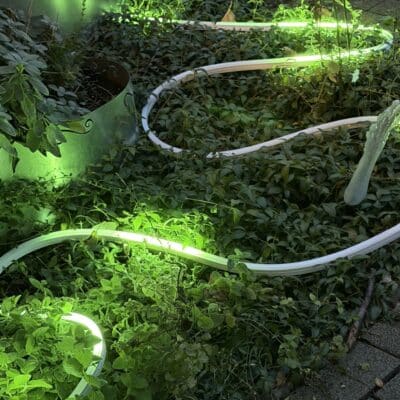

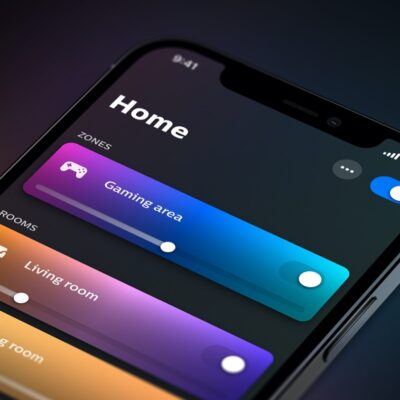

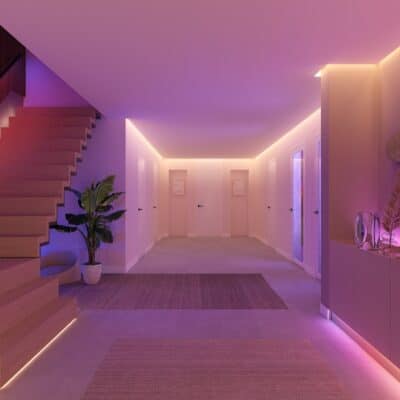

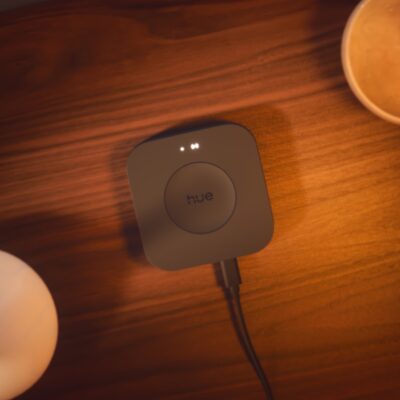
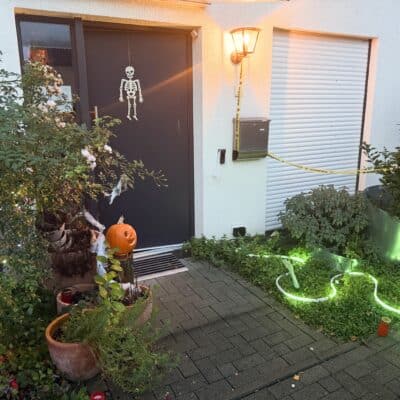

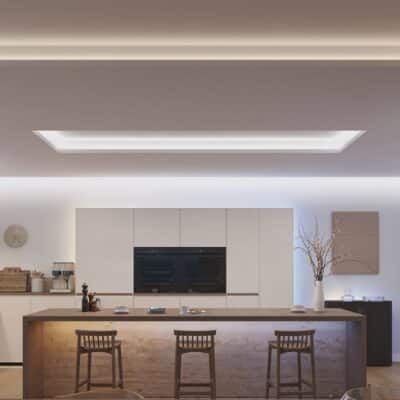
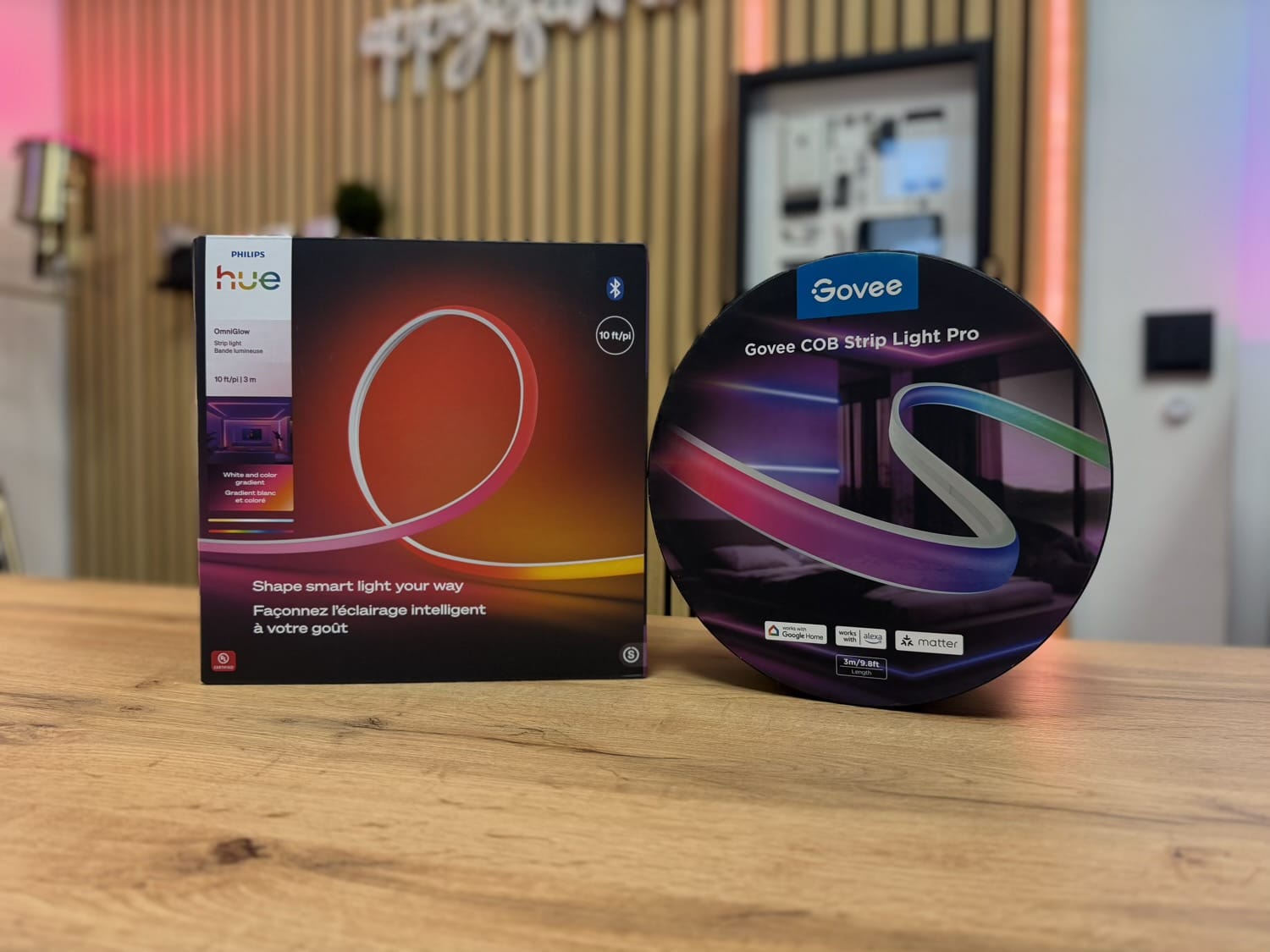

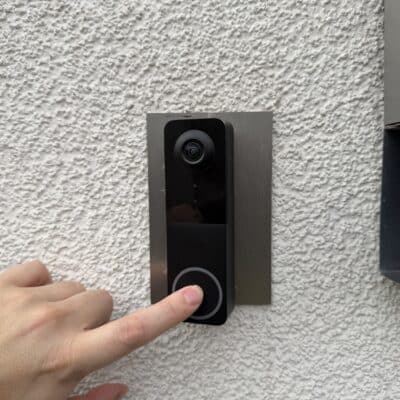
Zigbee should also draw less power than Wi-Fi…have you measured the power consumption in standby and during use?
The OmniGlow consumes less than 0.1 watts in standby mode, while the Govee consumes 0.9 watts.
It is difficult to compare them in operation, as the Hue light strip is significantly brighter (and therefore consumes more power, of course; they can’t do magic yet).
I used many Govee products and main difference is that Govee app works per lamp / bulb / strip and use effects.. there are a few options to group – but they are not intuitive for bigger installations.
Hue app works per room / zone and use scenes. Very easily can work per single light..
This is HUGE difference. Govee is good when you have a few lamps which works as extra illumination. But doing full house (>100 light points) as main lighting system on Govee is very painful and requires external automation (HomeKit, Home-Assistant, Alexa).
Hue works here 10x better.. With or without external voice assistant or home automation systems..
I assume the OmniGlow (and Flux) till only supports two/three light zones (depending on orientation) when used in an entertainment area? This just looks so bad when there is not even any interpolation between the different colors.
Do the control boxes for the new lightstrips still use the same DC power connector?
The OmniGlow has a new 60w PSU with fixed cable. It’s still bulky.
Just made a quick test with Hue Sync on my Mac, nothing changed here in terms of interpolation or zones.
But are the connectors the same? Wondering if any existing extension cables would be compatible or not.
I have a highly visible older gradient lightstrip I’d like to replace but its location requires running a longer cable than the standard paltry 2 m underneath the floor.
what about colors? which one creates the colors with better saturization and intensity and light?
I’ve tested a few colors via Apple Home and there is no big difference in my opinion.
Is there going to be any way to join the onniglow? I want to use it on my kitchen worktop but one side has a 90° turn…
There is a far cheaper solution for COB and Hue compatibility: GIDERWEL Smart Zigbee 3.0 LED Controller RGBWW $20 (you need to purchased a 24V power supply separately for about $20), and the PAUTIX COB LED Strip Light,RGB+WW/CW 24ft/7.5m for $46.99. All in with a power supply under $100 for 24ft of full spectrum RGB and white tunable at 2700K-6500K.
Except that won’t work in entertainment areas/with Hue Sync.
Now do support. I had an issue with both Govee and Hue last week. I had a response and replacement sent within 24 hours with Govee.
I’m at five days and still waiting for a response from Hue.
Hue is dead to me after they sent a firmware update to *disable* certain features on their Gen 1 hub years ago to force everyone to upgrade to their Gen 2 hub. Then they updated their app to not recognize older bulbs to force everyone to replace them with newer models. Philip’s outright contempt for their customers is astonishing.
They did not do any such thing, not sure what you are talking about. Hue is known to be best in class with supporting their products for a very long time. All the old bulbs are still working, pairable with the V2 and Pro bridge and they last ages (10 years and counting). For the Gen 1 hub from 2012 they stopped cloud support but the hub still worked locally until 2022. Very easy to pick up a bridge V2 for very limited costs
Hi Fabian,
Thanks a lot for this test. Any chance you could measure the length of the power cable for the Hue Omniglow strip?
Thanks a lot!
I can check it tomorrow, sure 🙂
I just received mine and I’m shocked by how good they are for the price, they are already on sale for Amazon Prime Day so I bought some more. They are extremely bright and uniform, although I’m hesitant to use them for direct lighting since it’s quite harsh when its in your line of site. They are much brighter than the gradient lights they replace, but the COB benefits are minimal for indirect lighting. My only concern is that you can’t see the cutting locations before you peel off the backing tape, but I understand why they don’t want to use those tiny arrows on a product that is meant to be seen.
As for Govee vs Hue, the ecosystem remains the strongest benefit of Hue, it’s so powerful and always being enhanced. And that’s before you get to the quality of the hardware which is consistently excellent. And now that prices seem to be coming down on some of these, I think there is more reason to be enthusiastic about Hue.